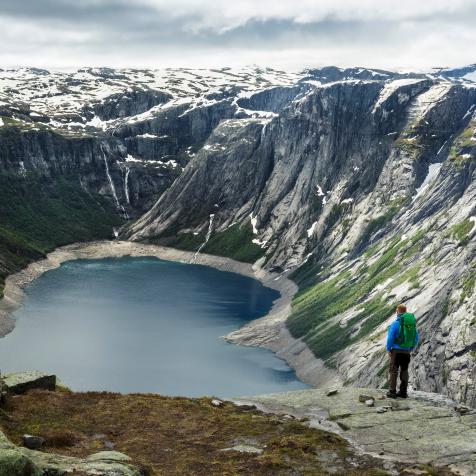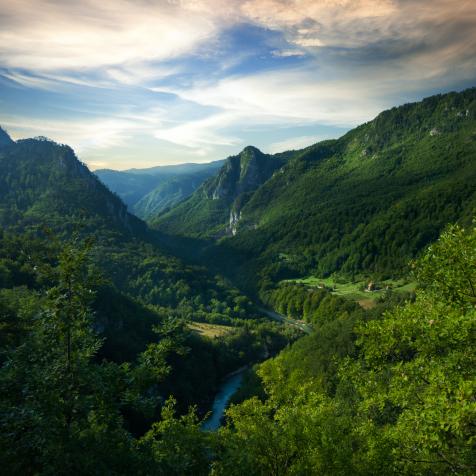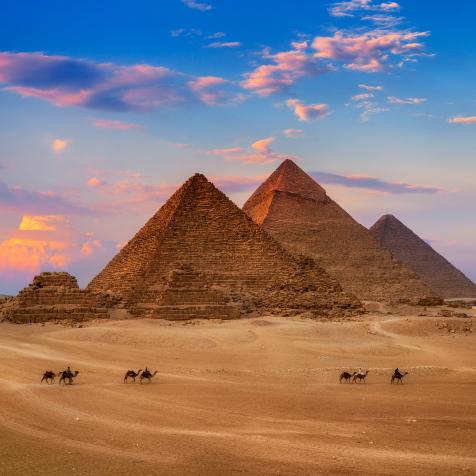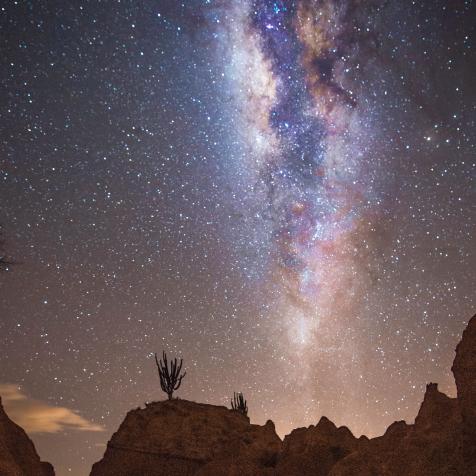
Explore the Magic and Beauty of Guatemala's Lake Atitlán
Take an outdoor adventure through Guatemala's most mysterious, magical lake.
In the southwestern highlands of Guatemala, a three-hour drive from the city of Antigua, lies the still, mysterious and enigmatic. Ringed by lush green hills, smoldering volcanoes, and small Mayan villages, the lake is home to legends of a sunken city, stories of treasure quests, and the heart of ancient Mayan culture. Two distinct Maya nations –the Kaqchikel and the Tz’utujil live in coastal communities dotted along the lake’s perimeter. The deep blue water sits in a huge volcanic crater formed 84,000 years ago, and the lake is the deepest in Central America. Even its depth is a source of mystery. According to Mayan elders, the lake’s water level rises and falls around every 50 years, submerging houses, parks, and whatever else stands too close to shore--leaving scientists baffled by the phenomenon.
Places to Explore:
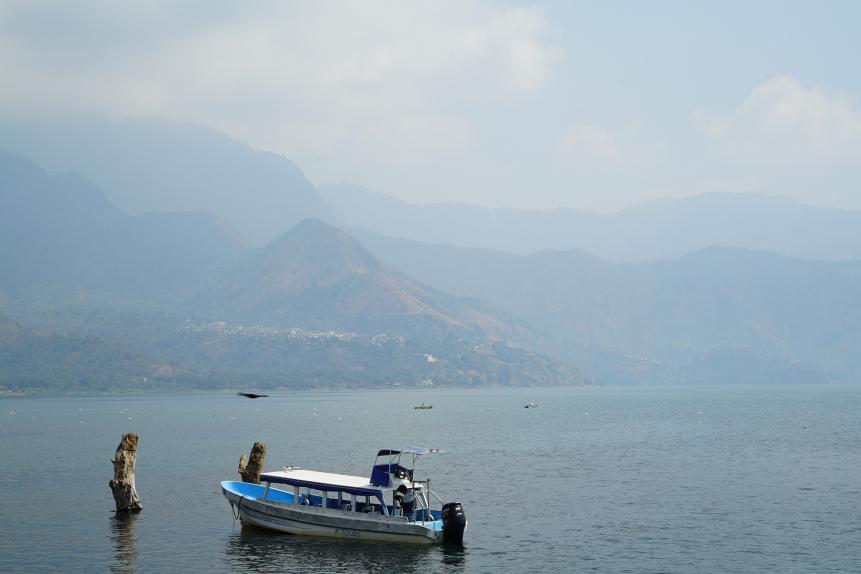
At sunrise, the lake is often shrouded in a thick fog, while the sun battles its way through the mist to reach the communities below. By sundown, you’ll want a lake-side seat to fully absorb the display of dazzling colors.
Photo Credit: Lucy Sherriff
The lake is sacred to the Mayan communities, with the word “atitlán” translating to “the place where the rainbow gets its colors”. At sunrise, the lake is often shrouded in a thick fog, while the sun battles its way through the mist to reach the communities below. By sundown, you’ll want a lake-side seat to fully absorb the display of dazzling colors.
- Catch one of the boats that zip along the smooth surface of the water to the small community of San Juan la Laguna, and you’ll pass branches of trees submerged long ago. The community is a beautifully preserved Mayan village, and the steep climb from the water will take you past local artists dedicating their lives to painting every contour of the magical lake—think women hawking homemade soaps; street food sellers kneading blue corn to shape into tortillas; young Mayan girls learning how to weave the traditional brightly colored wool into garments, and the chocolate store with its dedicated chocolatiers molding cacao beans into crumbly rich bars.
- Head to Panajachel and bask on the intimate beach while you watch the brilliant rays reflect off the glassy water as the sun sinks behind the mountains and volcanoes.
- Or strap on your hiking boots and see the magnificence of the lake from 9,900ft up. Conquering San Pedro volcano is no mean feat, with the trail winding through endless coffee plants, lush green jungle, and tangled vines trailing their tresses along the volcanic soil path. It’s best to book a guide however, as you’ll need the use of a machete to cut your way through the dense forests.
Life in the villages and towns around the lake’s shore is lively and colorful. But beneath the surface, the lake, which the Mayans consider to be a living, breathing entity, is full of its own.
Mysteries of Lake Atitlán
According to locals, there is a monster that resides in the murky underworld of the lake, living in a series of underground tunnel networks and caves. It’s hard to find out much more about the monster though, which allegedly is summoned by the Xocomil wind, as locals believe talking about the monster feeds its energy and increases the likelihood of it striking again.
Some myths have been easier to solve than others. For centuries, legend had it that there was a sunken city in the middle of the lake containing valuable treasure. And in 1996, a Mayan village known as Samabaj was actually discovered in the lake. Built on an island, it sunk into the water, possibly due to a volcanic eruption. However, the mystery of the treasure has yet to be solved. But you can try to find it for yourself by signing up for a scuba dive, and discover ghostly sunken trees, volcanic hot vents, and whole gardens that have been swallowed by the lake.
If you’re still unsuccessful in your treasure hunt, then you can head to the town of Santiago and place an offering at the feet of Maximón. You’ll have to ask locals where Maximón is staying - the statue is moved from house to house - and begin a journey through back alleys and cobbled streets, before finally finding Maximón in his smoke-enveloped room guarded by two shamans. The drunk, cigar-smoking Mayan deity accepts cash and alcohol as offerings, and as tradition has it, may provide you with the location of the lake’s buried treasure, if your offering is good enough.












